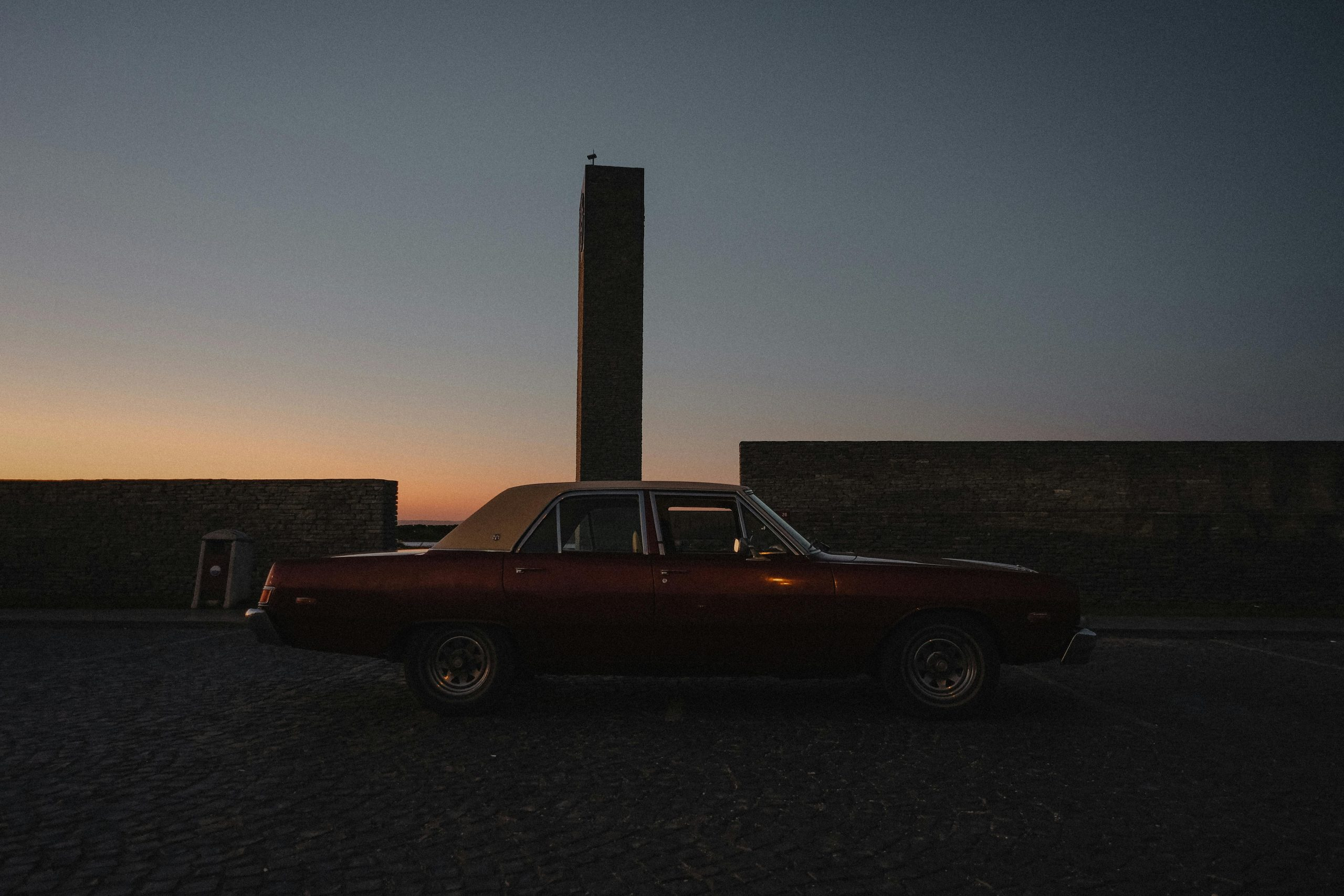Why Classic Cars Represent More Than Just Transportation History
When we think of classic cars, images of sleek, iconic vehicles from decades past likely come to mind. But these vintage automobiles represent more than just a few beloved models from a bygone era. They are the embodiment of an era, of a time when transportation was about more than just getting from point A to point B. Classic cars represent the innovation, artistry, and nostalgia of a generation, making them an integral part of transportation history.
The Rise of the Classic Car
The term “classic car” is often used to describe vehicles that are at least 25 years old. But these cars were once cutting-edge, revolutionary machines that represented the latest and greatest in automotive technology. From the Ford Model T to the Chevrolet Bel Air, these iconic models paved the way for the modern cars we know today.
Innovation and Progress
Classic cars were not just modes of transportation; they were symbols of progress. In the early 20th century, cars were a luxury reserved for the wealthy. But with the introduction of mass production techniques, such as Henry Ford’s assembly line, cars became more affordable and accessible to the average consumer.
As automobiles continued to evolve, so did their impact on society. They facilitated greater mobility, allowing people to live farther from their workplaces and travel greater distances. This led to suburbanization and the growth of cities, forever changing the landscape of transportation.
The Art of Classic Cars
Aside from their technological advancements, classic cars are also works of art. The distinctive design and styling of these vehicles make them unmistakable and instantly recognizable. From the elegant curves of a 1957 Chevy to the sleek sophistication of a 1965 Mustang, these cars were designed to be admired and adored.
Preserving History
Classic cars are more than just stunning pieces of machinery; they are also living pieces of history. These vehicles hold a wealth of information about the past, from the materials used to build them to the stories of their owners. That’s why it’s crucial to preserve and protect these pieces of automotive history.
Organizations such as the Antique Automobile Club of America and the Classic Car Club of America are dedicated to the preservation and restoration of classic cars. These groups not only celebrate the beauty and innovation of these vehicles, but they also document their significance in transportation history.
The Nostalgia Factor
For many, classic cars evoke feelings of nostalgia. They remind us of simpler times when cars were more than just a means of transportation; they were status symbols and symbols of individualism. Even those who didn’t grow up during the heyday of classic cars are drawn to their beauty and charm.
A Connection to the Past
Owning or admiring a classic car can create a connection to the past. These vehicles have a story to tell, and through their restoration, we can get a glimpse into a different era. Classic cars also provide a link to our personal memories and the memories of our ancestors, making them even more significant.
In conclusion, classic cars represent much more than just a piece of transportation history. They are a testament to innovation, artistry, and progress, and they continue to captivate and inspire us today. Whether it’s a love for their aesthetic appeal or their ability to transport us to a different time, there’s no denying the lasting impact of classic cars on our world.











